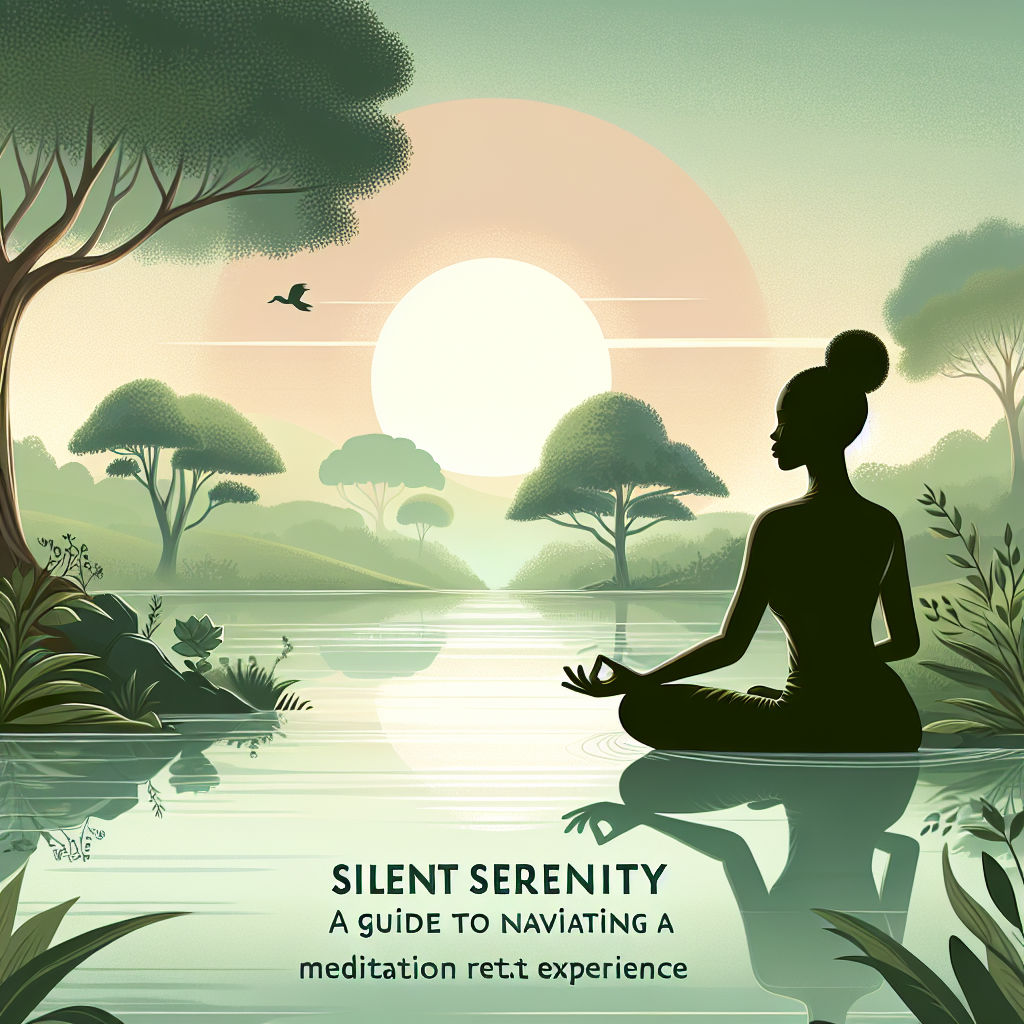In today’s fast-paced world, many people find it challenging to calm their minds and find a sense of inner peace. Restlessness can be a common issue that arises during meditation, making it difficult to focus and relax. However, with the right techniques and strategies, it is possible to overcome restlessness and find stillness in your practice.
One of the fundamental principles of meditation is learning to quiet the mind and focus on the present moment. When restlessness creeps in, it can be a sign that your mind is wandering and struggling to stay in the present. This can be frustrating, but it is important to remember that restlessness is a normal part of the meditation process. Rather than becoming discouraged, it is essential to develop tools to help you navigate through these moments with ease.
Here are some tips for calming the mind during meditation:
1. Set a regular practice schedule: Establishing a consistent meditation routine can help train your mind to enter into a state of calmness more easily. Try to meditate at the same time each day to create a sense of routine and discipline.
2. Create a calming environment: Find a quiet and peaceful space where you can meditate without distractions. Consider dimming the lights, lighting candles, or playing soft music to create a soothing atmosphere.
3. Focus on your breath: Paying attention to your breath is a powerful way to anchor your mind and stay present. As you inhale and exhale, notice the sensations of your breath moving in and out of your body. This simple act can help quiet the mind and bring you back to the present moment.
4. Practice mindfulness: Mindfulness is the practice of staying aware and present in the moment. When restlessness arises during meditation, try to observe it without judgment. Acknowledge the thoughts and feelings that come up, but then gently redirect your focus back to your breath or your chosen point of concentration.
5. Use guided meditation: If you find it challenging to meditate on your own, consider using guided meditation recordings or apps. These resources can help guide you through the meditation process and provide gentle reminders to stay focused and calm.
6. Practice yoga or gentle movement: Physical movement can be a great way to release excess energy and calm the mind. Consider incorporating yoga or gentle stretches into your meditation practice to help create a sense of balance and relaxation.
7. Take breaks when needed: If you find yourself becoming too restless or agitated during meditation, it is okay to take a short break. Stand up, walk around, or stretch your body before returning to your practice with a refreshed mindset.
8. Cultivate patience and compassion: Remember that meditation is a practice, not a perfect. Be patient with yourself and approach your meditation practice with compassion and self-acceptance. Allow yourself to experience moments of restlessness without judgment and trust that with time and dedication, you will find greater peace and clarity.
Dealing with restlessness during meditation can be a challenging but rewarding process. By implementing these tips and strategies, you can learn to navigate through moments of restlessness with ease and find a sense of stillness and calm within your practice.
FAQs:
Q: I often feel restless and distracted during meditation. Is this normal?
A: Yes, feeling restless and distracted during meditation is a common experience for many people. It is important to remember that meditation is a practice, and it is natural for the mind to wander. The key is to observe these moments without judgment and gently guide your focus back to your breath or point of concentration.
Q: How long should I meditate to see results?
A: The length of time needed to see results from meditation can vary from person to person. Some people may notice benefits after just a few minutes of meditation, while others may require longer periods of practice. It is recommended to start with short meditation sessions, such as 5-10 minutes, and gradually increase the length as you become more comfortable with the practice.
Q: Can I meditate lying down, or do I need to sit up straight?
A: While it is typically recommended to meditate in a seated position with a straight spine, it is possible to meditate lying down if that is more comfortable for you. The most important thing is to find a posture that allows you to relax and focus on your breath without falling asleep. Experiment with different positions to see what works best for you.
Q: What should I do if I become overwhelmed with emotions during meditation?
A: If you become overwhelmed with emotions during meditation, it is important to practice self-compassion and kindness. Allow yourself to experience the emotions without judgment and remember that they are a natural part of the meditation process. If needed, you can take a break, engage in deep breathing exercises, or seek support from a therapist or counselor.




Leave A Comment